Loading...
Products
Magic: The Gathering Line
Playing the Pokémon TCG is an amazing experience. It is one of the most popular Trading Cards Games out there alongside Magic and Yu-Gi-Oh!, and is the ideal game in case that you grew up in the 90s (like I did). The game has risen in popularity over the past few years and right now, it is the perfect time to start your adventure. Official tournaments are averaging record attendance numbers and it has never been easier to build decks thanks to the reprints and amazing set pull rates. As of now, some of the top decks in the format range between 50 and 70 dollars in minimum rarity, which is something that, I assure you, has not always been like that.
So, in case you are one of the players that are considering switching to Pokémon or just playing a different Trading Card Game … where should you begin? What are the rules to create a solid strategy to become the best trainer in the world? In this article, we are going to cover everything you need to know to start building your first deck from scratch.
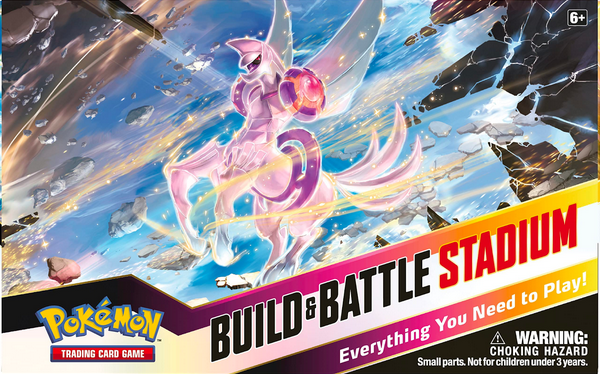
The first step is a no-brainer. You need to decide what you are actually building and why. Ask yourself the following question: what am I trying to achieve? Whether you want to simply attack with your favorite Pokémon or you want to develop something more sophisticated, like putting together an anti-meta control strategy, you need to find your base first. Once you’ve decided that, the rest will become easier. Think about the core mechanic and its advantages and try to add cards that will help you execute your plays and get to your goals.
Let’s do this exercise together.
Imagine you are at your local game store and suddenly find this product: Chien Pao League Battle Deck. What a coincidence! Chien Pao happens to be your favorite legendary Pokémon from the last Pokémon games! You buy it immediately, of course. The Battle decks are some sort of theme deck that comes with 60 cards and that can, theoretically, be used to play off-the-self. Of course, as it happens with every theme deck, the quality of certain cards is not what you need for a competitive environment so you want to do some quick upgrades.
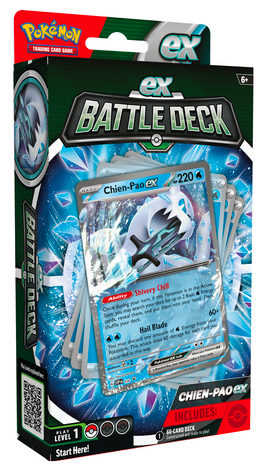
The strategy of the deck revolves around Chien Pao ex itself. It is a great water-type attacker that can deal massive amounts of damage by discarding water energies from your field. This is your objective. How do we make that work
Well, to begin with, it is clear we are going to need a way of attaching as many water energies as we can during our turn, so that is why we are going to rely on Baxcalibur as the main engine. But we then need to ensure we are able to get it out as soon as possible so we need to consider adding Rare Candy (that helps evolving one turn earlier) and a way to find it in early game. With this logic in mind, this is how you are going to start picking your cards.
Building a strategy around a Pokémon is of course simpler than building something to go against all the popular decks in the format just because it will require a better, deeper understanding of the competitive scene. But don’t worry, let’s move on.
Once you have your strategy defined, you need to make sure that Pokémon, Trainers and Energies contribute to it. Pokémon, Trainers and Energies are the three main cards we have in Pokémon TCG. The type of cards you add and the amount will be determined by what your are trying to achieve, of course, but here are some general tips:
Generally speaking, most decks are split following the pattern of 15-20 Pokémon/20-30 Trainers/8-12 energies. But again, this will really vary.
Let’s continue looking at Chien-Pao, the card we want to play in our example deck. It is clear that we are going to want to run 2-3 copies of Chien Pao and a solid line of Baxcalibur. What are other good water-type attackers? There are a handful that come to mind, from Palkia VSTAR to Kyogre from Crown Zenith. Find the ones that make you feel more comfortable and that help you against different match ups. Palkia, for example, is good to recover energies and has a lot of HP. Kyogre is a one-prize attacker that can target any Pokémon on the field, so it might be the ideal finisher by targeting an unprotected Lumineon V.
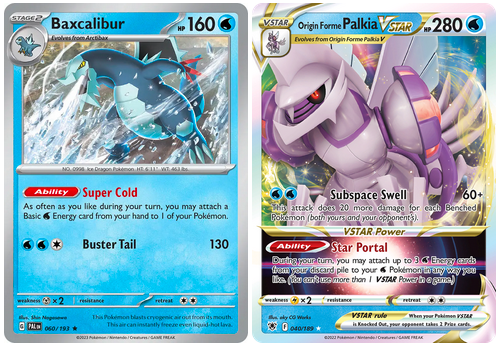
Then, we are going to consider the type of Trainers we want to include. Irida is the most obvious inclusion since it is a card that has been designed to help water-type Pokémon. Searching cards like Ultra Ball and Nest Ball look like great options to set up so we are going to add them as well. As for the energies … It looks at first sight that we will need a lot of them to keep attacking, right? However, having that many energies is not ideal in terms of consistency (you don’t want to draw a hand of just energies) so we need to find a way to reduce them a bit. We dig a bit more and see that Super Rod and Superior Energy Retrieval are cool options for recycling energies so that is what we are going to add as well.
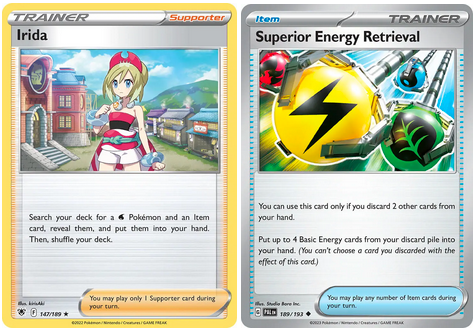
And voila, an improved version of Chien-Pao, ready to play!
While the tips I’ve given you are things you can definitively leverage while building your decks, the reality is that there are no right or wrong answers when it comes to the perfect 60 cards. You might want to cut consistency cards to include those that will help you win against a certain type of deck. At the end of the day, there is no better way than going to a tournament or to gather a group of friends and test against the most popular strategies in the game. Ask yourself: what cards are working? Which ones are not? Which ones were useful whenever I drew them and which ones had no value because I drew them late? Once you have all that information, you can go back to the list and make adjustments.
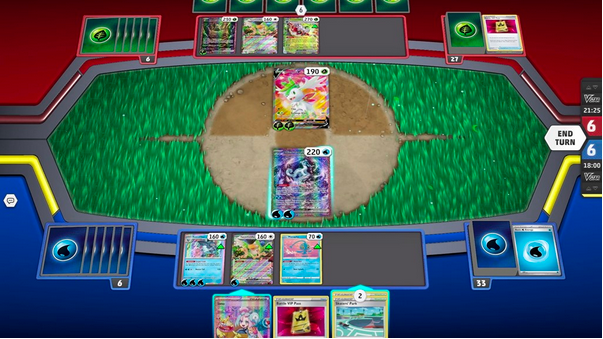
There is no magic formula to building the best deck in the world but it is clear that as long as you have a strategy clear in your mind and start building around, there is little that can go wrong. Oh, and if I may, one last piece of advice; play what you feel more comfortable with, not what you are supposed to (i.e. the most popular deck in the format). You will see how that truly matters.
Thanks for reading and I hope this finishes persuading you to get into Pokémon once for all!